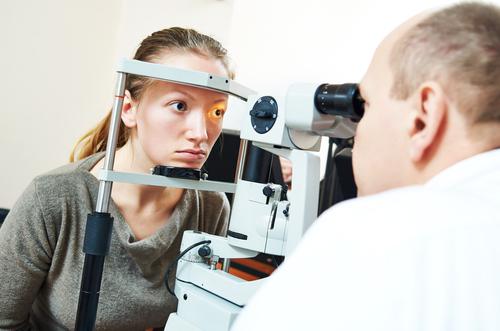
Subthreshold micropulse laser (SML) and threshold conventional laser (TCL) are comparably effective for improving visual acuity in patients with central serous chorioretinopathy (CSC), a recent study has found.
Researchers conducted a prospective, randomized, double-masked, noninferiority clinical trial on 88 patients, half of whom were assigned to SML (mean age, 44.41±8.71 years; 79.55 percent male) and the other half received TCL (mean age, 44.68±6.77 years; 95.45 percent male). The primary outcome was the mean change in best-corrected visual acuity (BCVA), compared between treatment arms, after 12 weeks of intervention.
Both groups saw improvements in vision over the study duration. Those who received SML showed a gain of 6.23±8.59 letters, which represented a statistically significant increase relative to baseline. The same was true for the TCL arm, which gained an average of 6.61±6.35 letters (p<0.001 for both).
The 12-week improvement were statistically comparable between treatment arms (p=0.811). In the full analysis set, the difference between SML and TCL was –0.38 letters (95 percent confidence interval [CI], –3.58 to 2.81; pnoninferiority=0.0026).
Mean BCVA at 12 weeks was 82.82±7.71 and 83.45±6.40 letters in the SML and TCL groups, respectively, representing no statistical difference.
In terms of safety, one patient in the TCL group experienced secondary choroidal neovascularization. Twelve percent of patients in the SML group showed evidence of retinal pigment epithelium (RPE) depigmentation, while 33 percent of the TCL arm saw laser-induced changes. There were no reports of RPE atrophy, pigmentation, migration, or systemic adverse events.